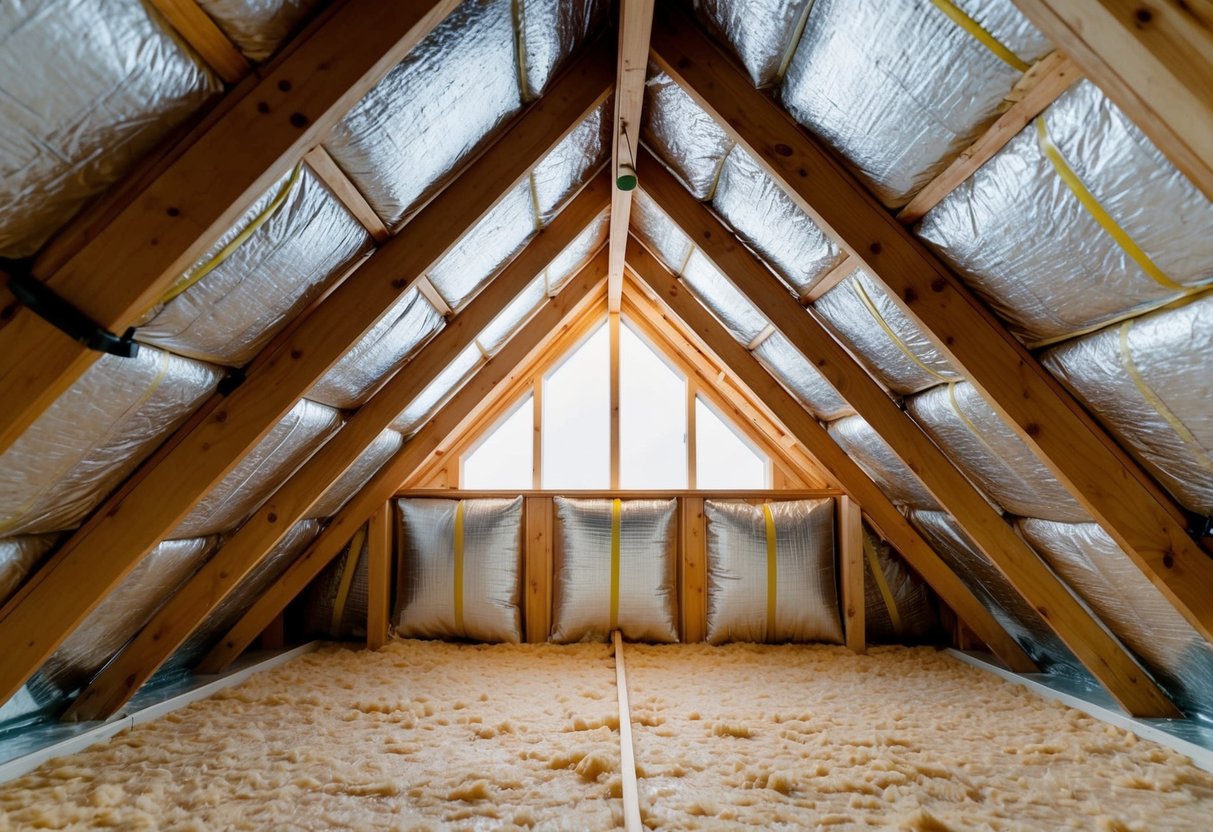Ultimate Guide to DIY Insulation: Improve Energy Efficiency and Comfort
Insulation Materials: Types and Uses
Choosing the right insulation materials is crucial for enhancing energy efficiency and comfort in buildings. Different insulation types, including fiberglass, cellulose, and spray foam, offer unique benefits that cater to diverse needs. Understanding these materials facilitates more effective insulation strategies.
Fiberglass Insulation
Fiberglass insulation is commonly used due to its cost-effectiveness and availability. Made from fine glass fibers, it offers good thermal performance and is resistant to moisture. Available as batts, rolls, or loose-fill, it fits snugly between studs, joists, and beams. While installation requires protection against skin irritation, it provides excellent value and is often used in attic spaces, walls, and floors. It is also non-combustible, adding an extra measure of safety.
Cellulose Insulation
Cellulose insulation, made from recycled paper products, is an eco-friendly option. It is treated for fire and pest resistance. Often blown into wall cavities, attics, and hard-to-reach areas, it effectively reduces air leakage and minimizes energy loss. Its high density offers excellent soundproofing qualities. Installation is straightforward with professional equipment, and it adapts well to irregularly shaped spaces. Cellulose insulation’s ability to settle decreases over time, which can affect performance, but its environmental benefits make it attractive for green building enthusiasts.
Spray Foam and Loose-Fill Insulation
Spray foam insulation provides superior air sealing capabilities. It expands upon application, filling gaps and preventing air and moisture infiltration. Available in open-cell and closed-cell varieties, it adapts well to various needs. Closed-cell foam, while more expensive, offers better insulation value and acts as a vapor barrier. Loose-fill insulation, such as fiberglass or cellulose, is versatile for filling irregular and inaccessible areas. It is applied by blowing into attics and wall cavities. Both options provide significant energy savings potential. The upfront cost of spray foam might be higher, but the long-term efficiency gains often outweigh the initial investment.
Attic Insulation: Enhancing Upper-Level Efficiency

Effective attic insulation is crucial for energy efficiency, helping to maintain a comfortable temperature year-round. Proper installation and attention to ventilation enhance the functionality of this space.
Inspecting Your Attic
Inspecting the attic is the first step in improving its insulation. Homeowners should check for any air leaks or drafts, as these can undermine insulation efforts. This might involve closing gaps around windows, pipes, and any other openings that lead outside.
Assessing the type and condition of existing insulation materials is also critical. For instance, areas with older fiberglass batts may need additional layers or a complete replacement. During an inspection, attention should be paid to moisture, mold, or pest damage, as these can affect insulation performance.



